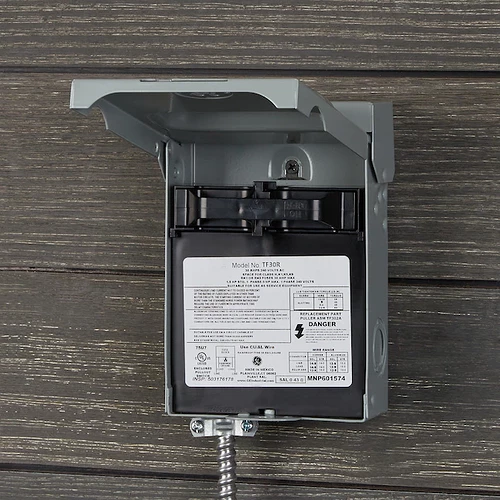This is really helpful, and it makes me think the next step in this conversation is to suggest a path for a “new/non-technical user” and a path for a “experienced/technically-inclined user”.
The New/Non-Technical User
Makes sense. So the recommendation would be the two 200A CTs for the mains. The emonVS-PSU would be ordered without a power cable, and the user would order a NEMA cable from Digi-Key or get one from a local hardware store.
Would they need a grounded, NEMA 5-15P cable, or could they use a two-prong NEMA 1-15P cable? I ask because the emonTx V3 + AC/AC Adapter was an ungrounded, 2-prong setup. Was that actually OK? And then wouldn’t this be OK with emonTx V4 + emonVS-PSU?
The new/non-technical user would be in the mode of the statement that is currently in the “Use in North America” guide.
Fortunately, because the voltage balance between the two legs is good, little error is introduced by assuming the voltages are equal in magnitude.
That’s the mode we’re all in right now, with our AC/AC adapters, as far as I know, and we’ve been happy.
And the new/non-technical user would be getting less resolution than they could have had if they’d used 100A CTs, but being a new/non-technical user, they are likely better off because of the accuracy they get with CTs that are known and calibrated.
The Experienced/Technically-Inclined User
Let’s assume that this user is interested in the extra resolution available by using 100A CTs. This user might invest in the ACTL-0750 Split-Core CT - Continental Control Systems CTs Bill mentions.
Maybe they’d get the Wattnode Revenue Meter deal that Bill found, use two of the 100A CTs, and have a spare, third CT and Stahlin enclosure to do whatever with, and still have spent about half the cost of the ACTL-0750 CTs. (True?) Or maybe they’d use the Wattnode and learn about connecting the Modbus interfacer.
Next let’s assume the 2-phase firmware has become available for the emonVS-PSU. This technically-inclined user would connect their emonVS-PSU to monitor both mains legs in their service panel. To do so, the user would work with an electrician to install either an outlet or a hardwired appliance-style junction box connection.
If they use an outlet, do they need a ground connector? (Similar to the question above about the NEMA 1-15P or 5-15P.) If so, they’d need to use a style of plug and receptacle that split the ground and neutral conductors, such as NEMA 14-30. If not, they could use one that didn’t have a separate PE, such as NEMA 10-30, and leave the “E” terminal empty on the emonVS-PSU PCB.
Their other option would be running wires in conduit to a junction box with a disconnect switch, and in conduit from the junction box to the emonVS-PSU cable gland. Like an appliance, correct?
Question: would this user now need to indicate, for each emonTx V4 CT input, the corresponding circuit’s voltage connection? In other words, is the voltage of this circuit the difference between (a) L1 and L2 (b) L1 and N or (c) L2 and N? It seems like they would need to specify this in order to take advantage of the increased accuracy available by knowing each of these independently.
(At this point the experienced user is really hoping there is a significant improvement in accuracy from measuring both inbound legs in their service panel. Still, they are having a good time and they are learning a lot.)


